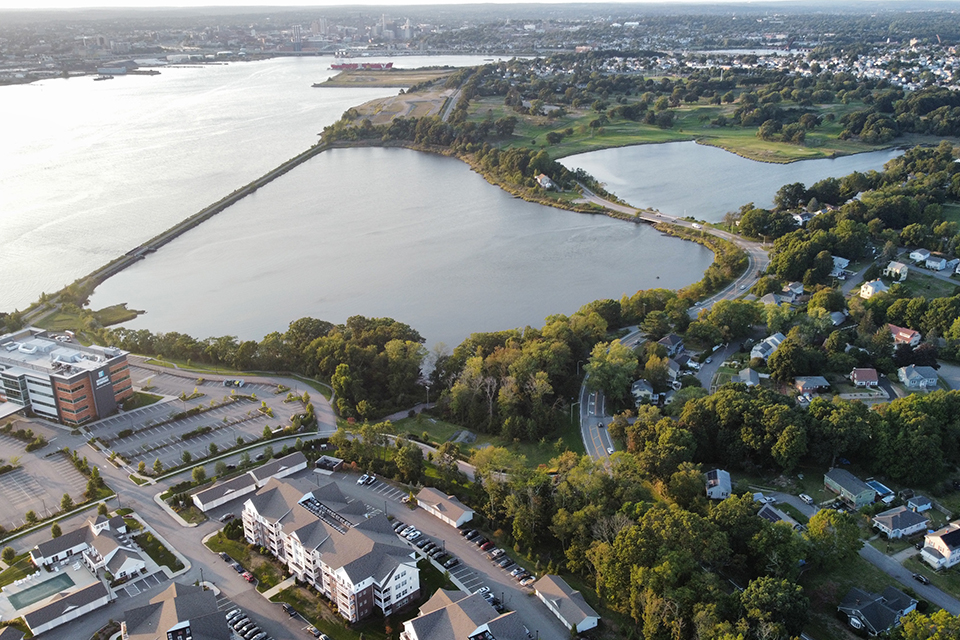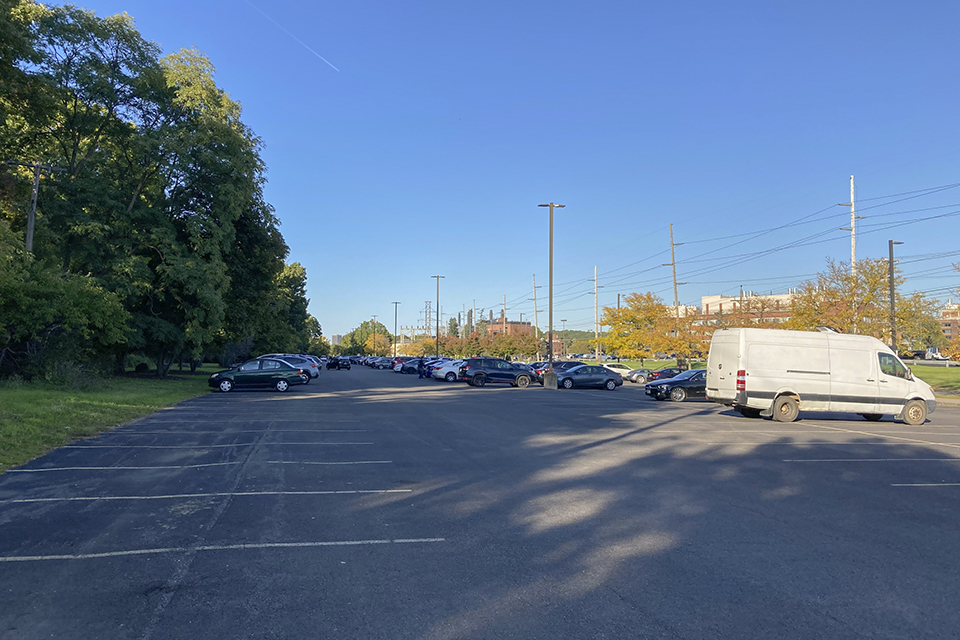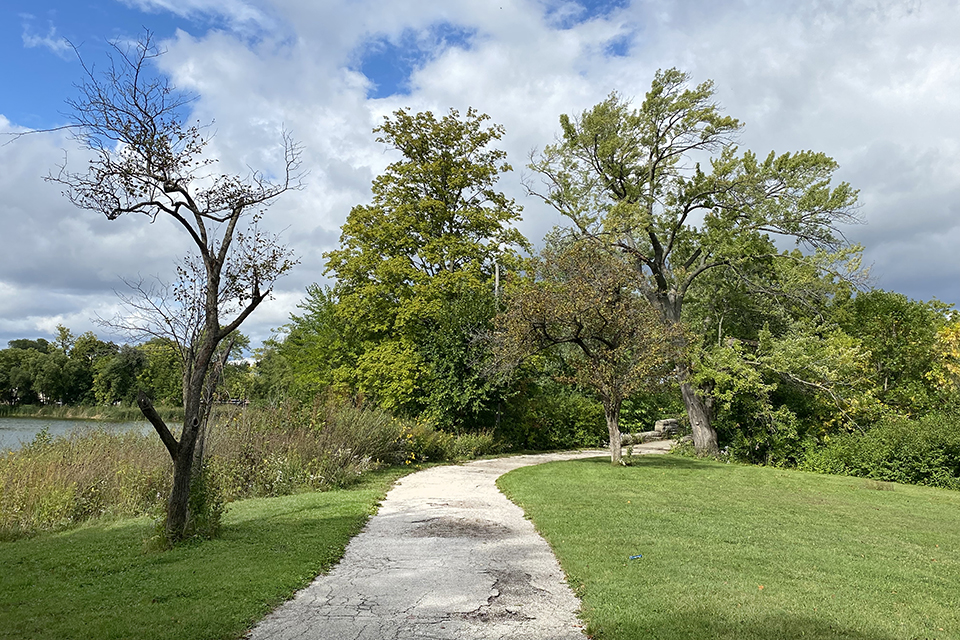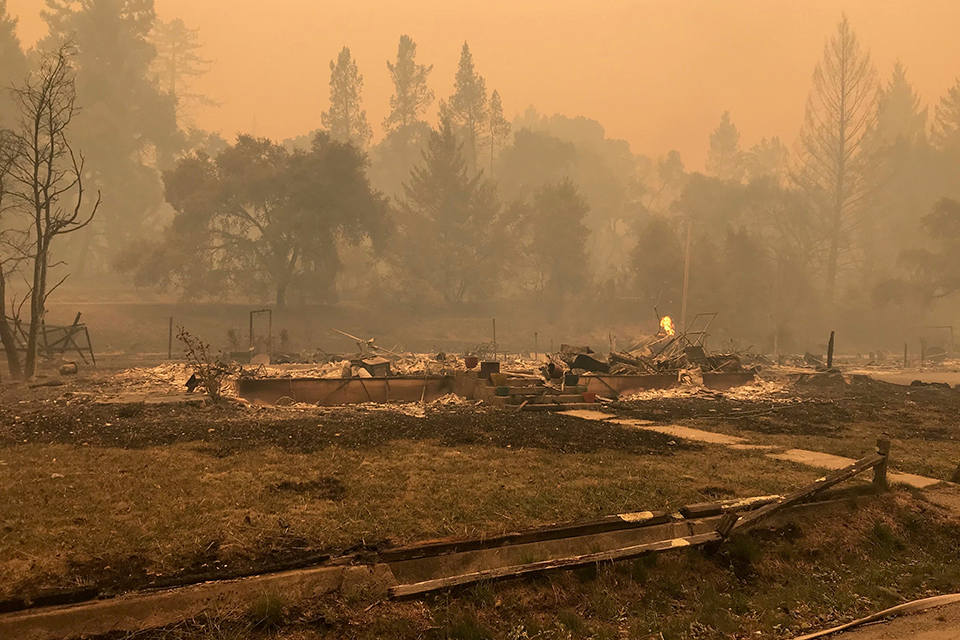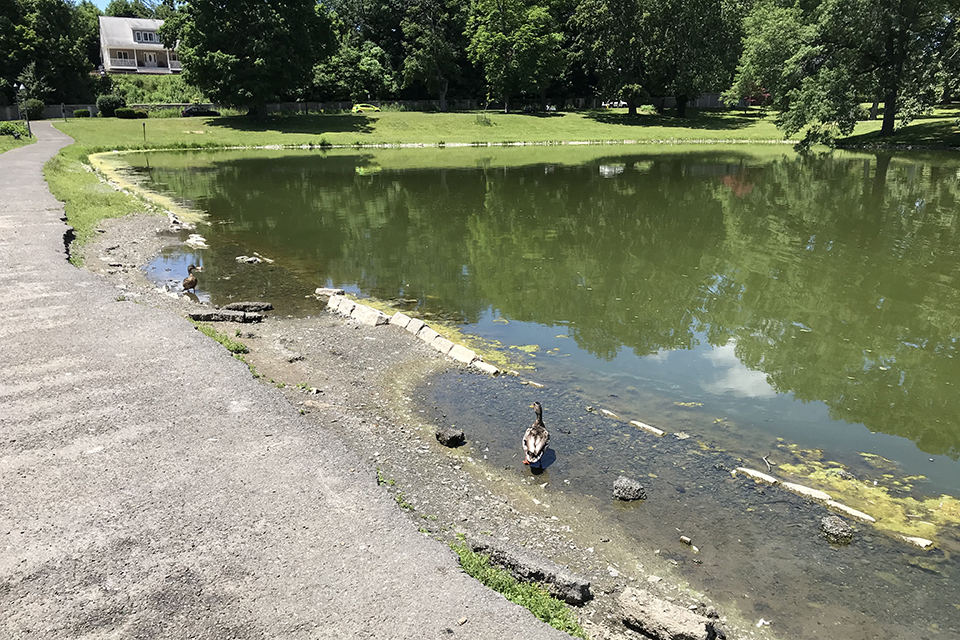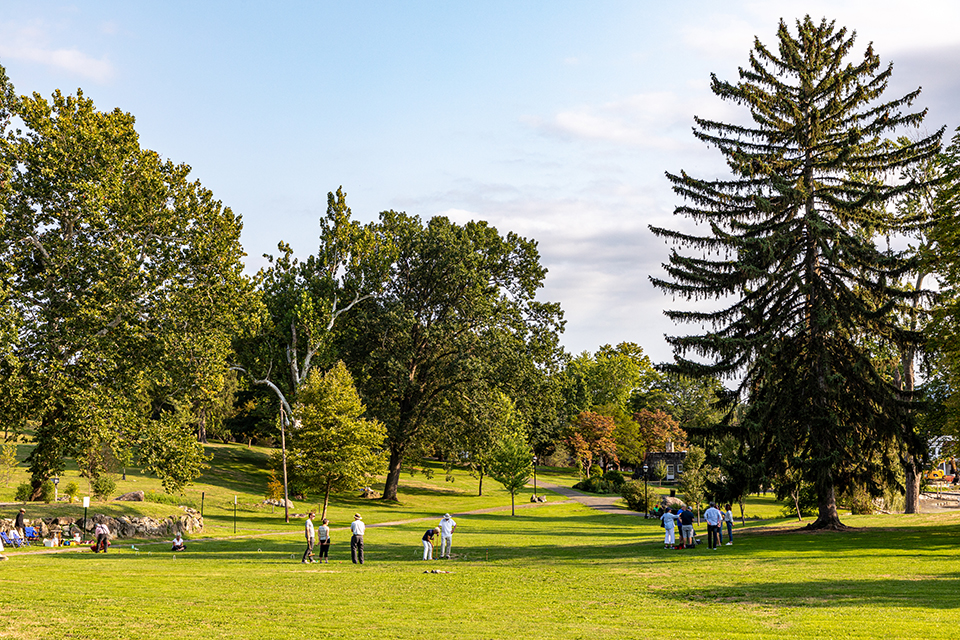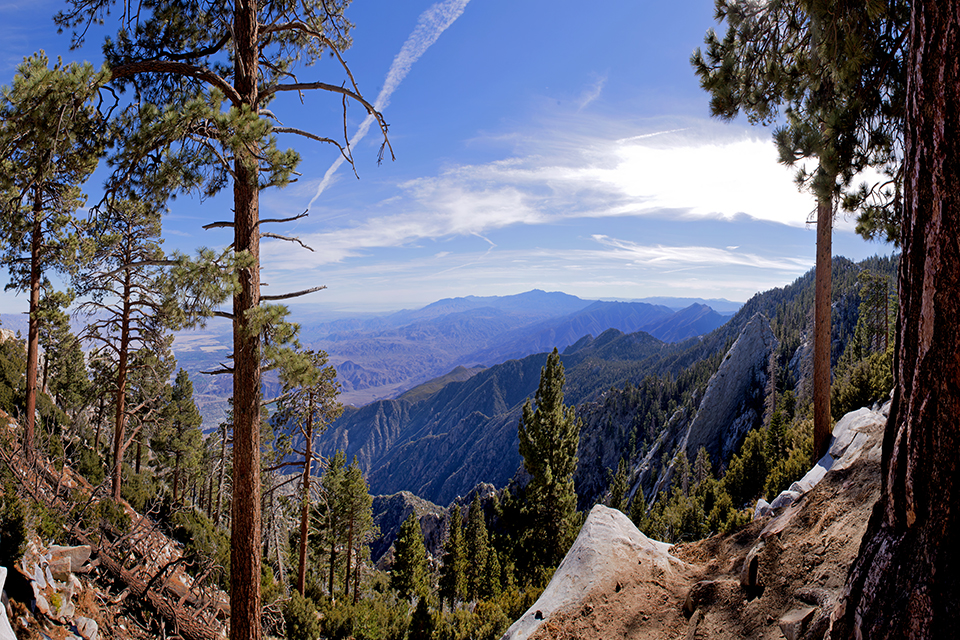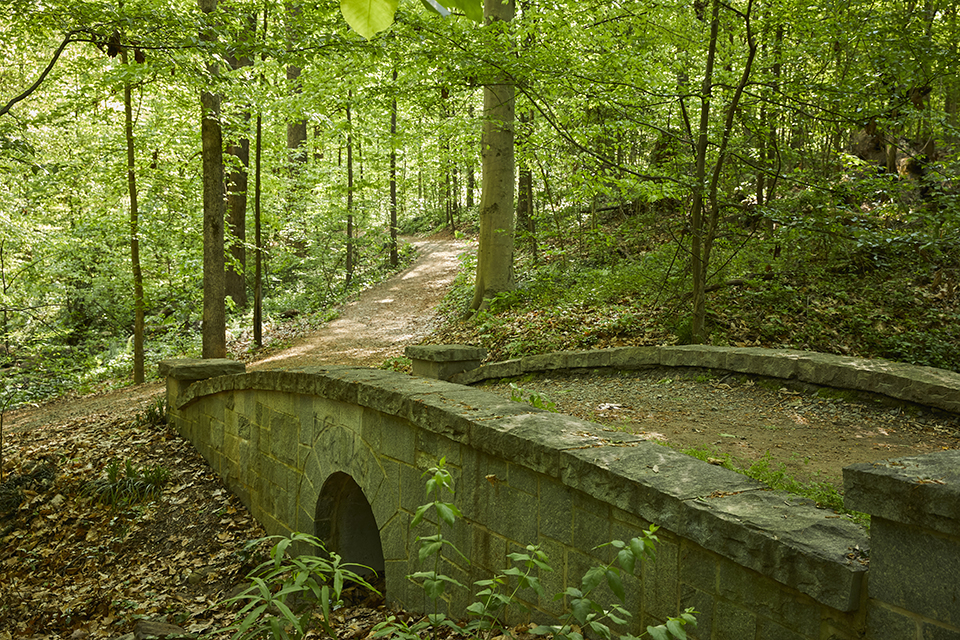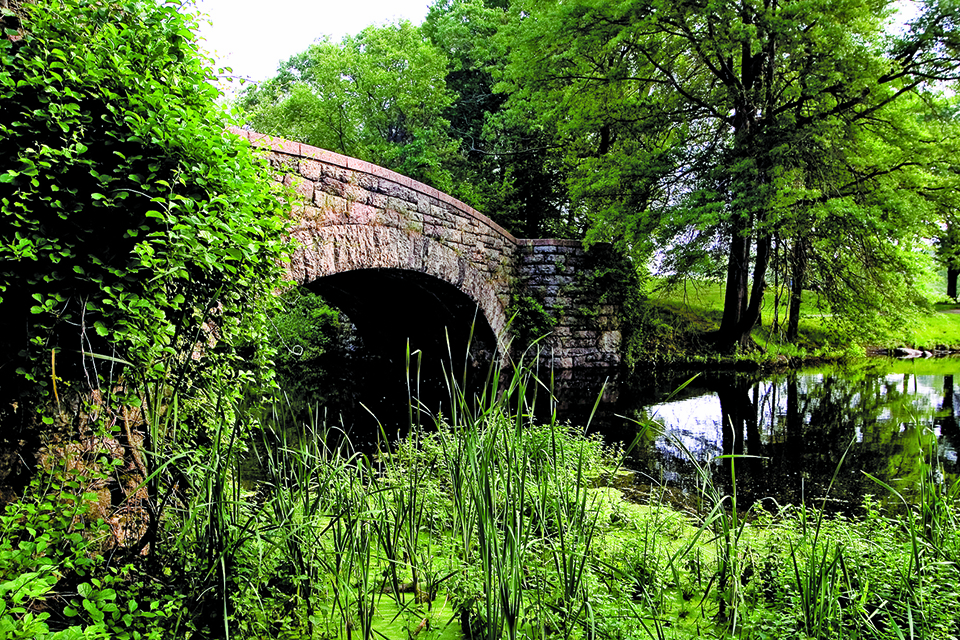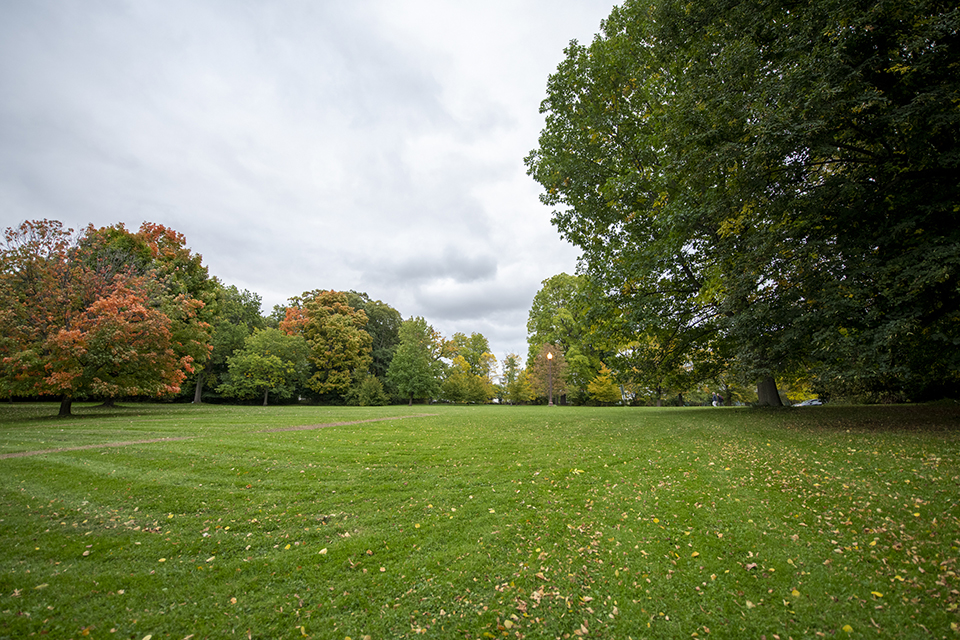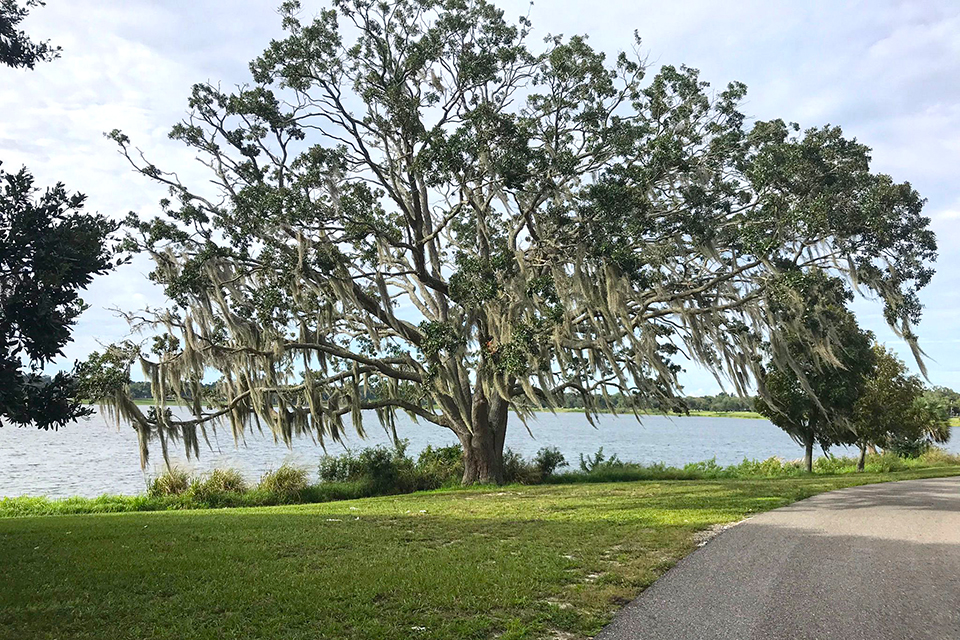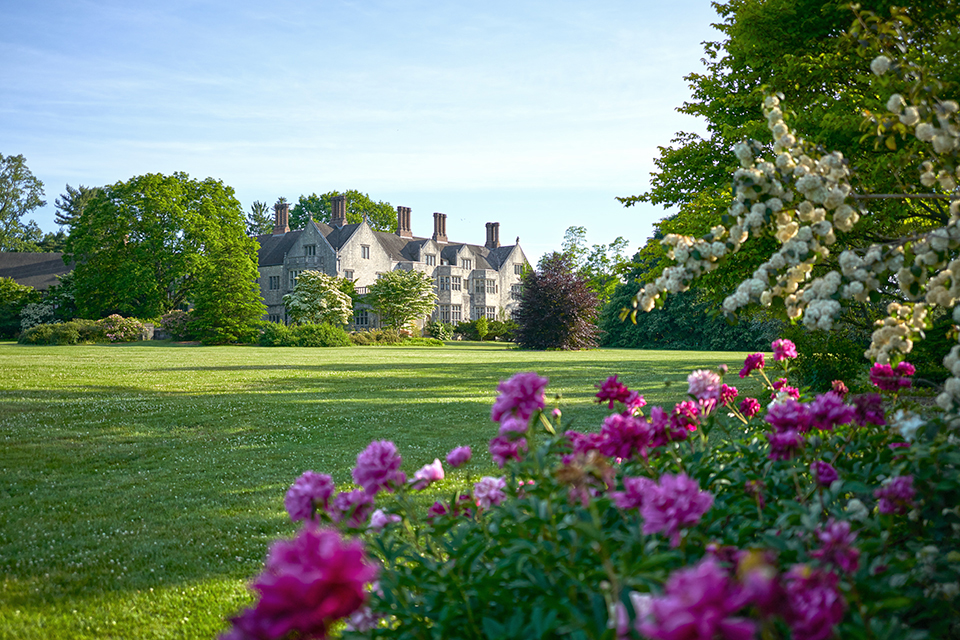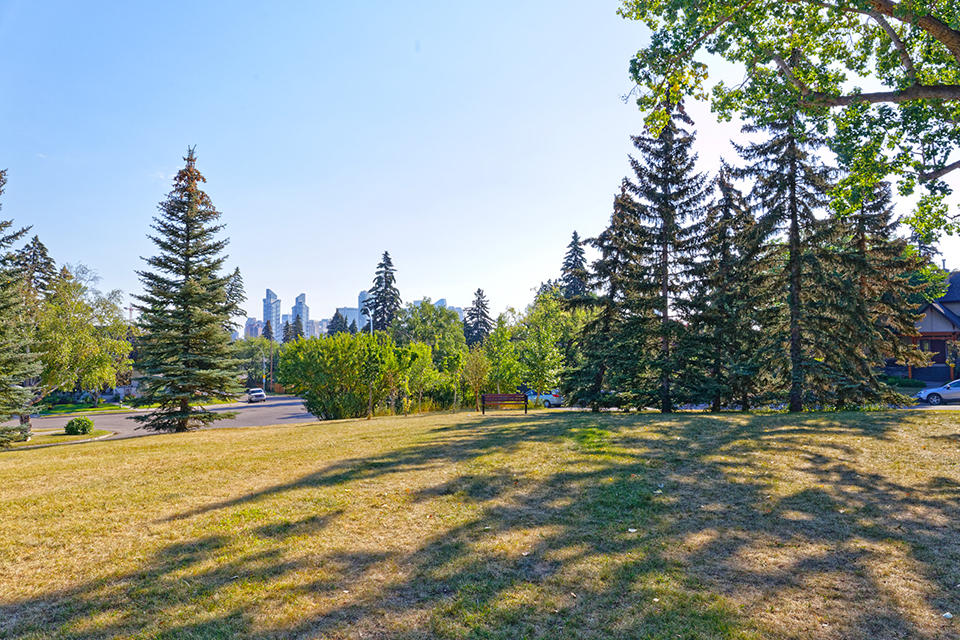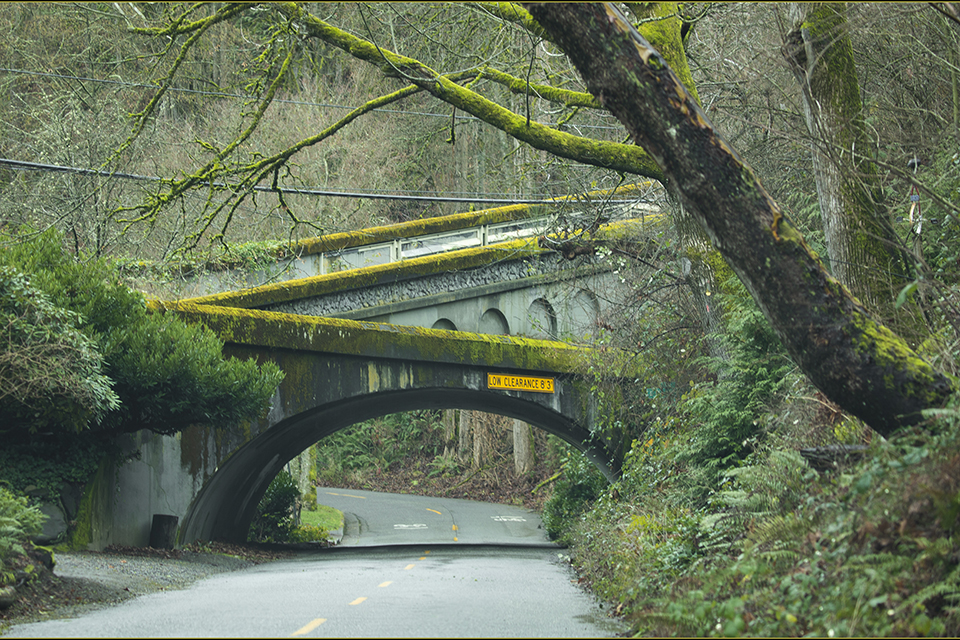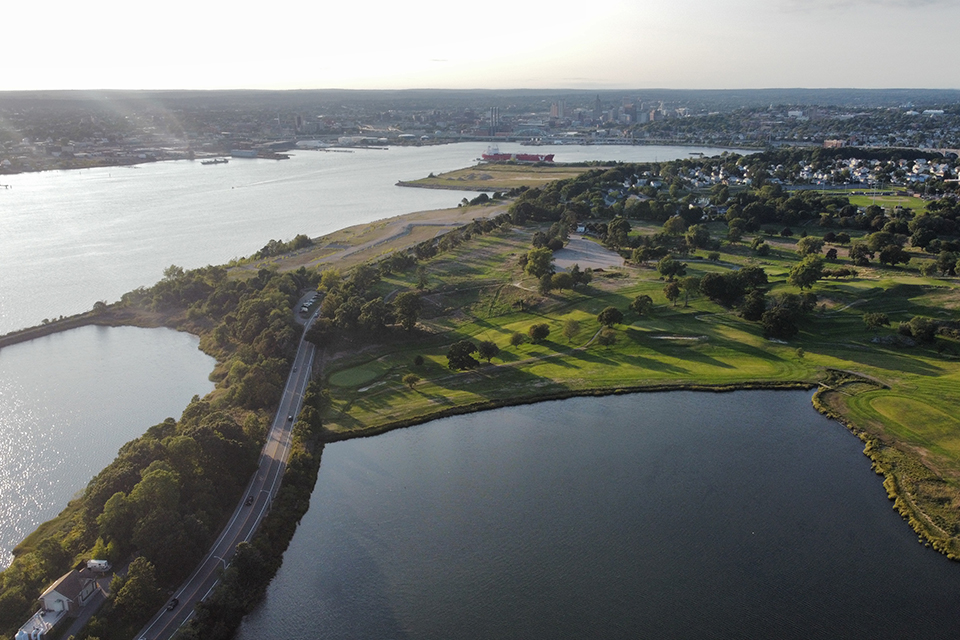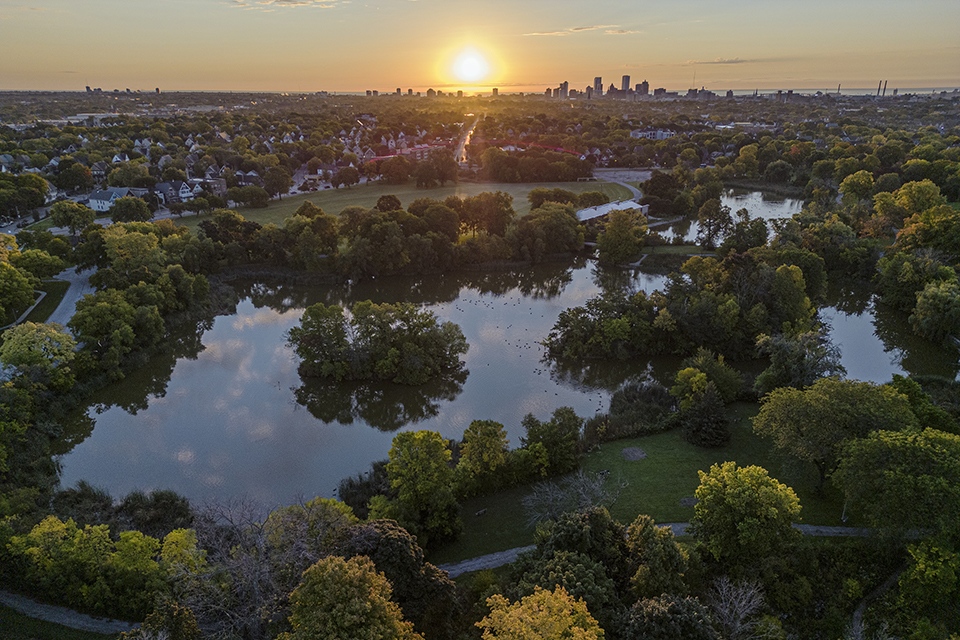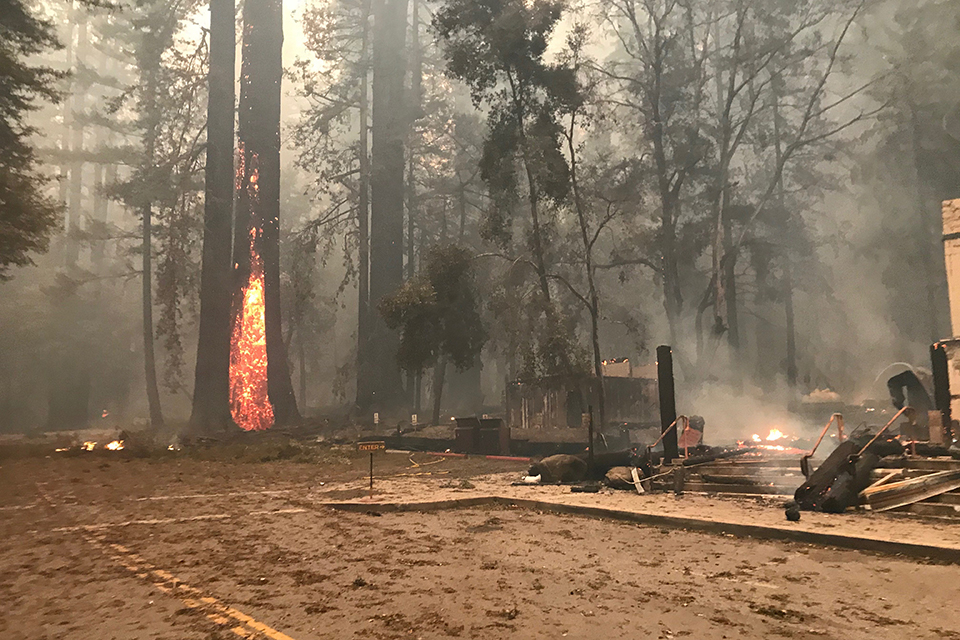Index
The Themes
When taken together, the individual entries in this report identify five distinct threats to the Olmsted legacy.
Diminished or Threatened Connectivity
The liberty to move freely within and between designed landscapes and their physical settings was a core value of Frederick Law Olmsted, Sr., and his successor firms. The loss of connectivity to and within landscapes devalues and undermines Olmsted’s democratic creed that public parks should be the property of the people, on “absolutely equal terms.”
Learn MoreConfiscation of Open Space
The confiscation of formerly protected land for incompatible development threatens the intended flexibility of use and the historic design integrity of these significant spaces. Reconnecting and reclaiming parkland provides opportunities for social, cultural, and physical healing and reconciliation.
Learn MoreLack of Historic Recognition or Value
More than 200 Olmsted-designed landscapes are listed in the National Register of Historic Places and nearly three dozen have been designated as National Historic Landmarks. However, dozens of Olmsted-designed sites remain undesignated and at-risk. In the meantime, the implications of a lack of recognition can and will lead to the incremental loss of an Olmsted landscape’s character-defining features over time.
Learn MoreImpacts of Climate Change
There is overwhelming international consensus, based on an ever-growing body of objective scientific data, that the adverse effects of human induced climate change are already upon us. Climate change jeopardizes geographically and typologically diverse landscapes, including those designed by Fredrick Law Olmsted, Sr. and his successor firms.
Learn MoreDeferred Stewardship Commitment
Pushing off maintenance of a park or similar resource to a later date can result in an ever-accelerating decline. Collectively, this could result in the equivalent of multiple organ failure that calls for immediate, drastic, and likely expensive interventions. Consistent, timely, and appropriate maintenance is essential to the health and life of parks and similar resources.
Learn More